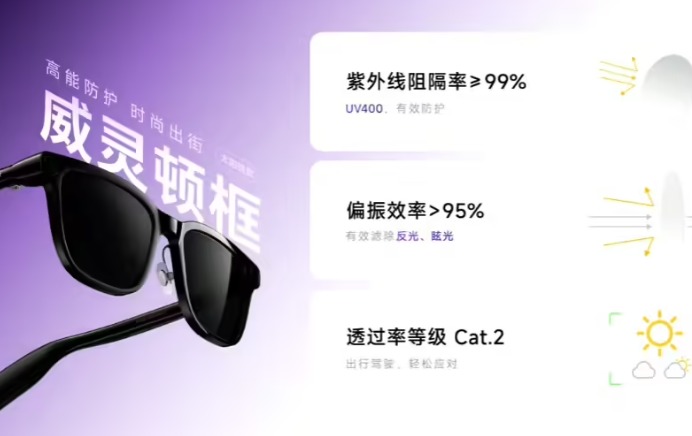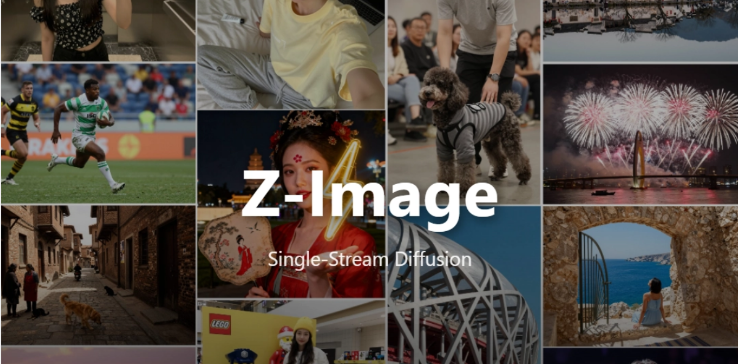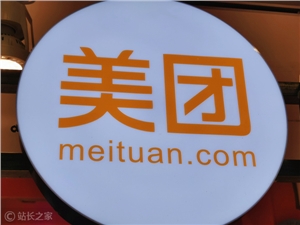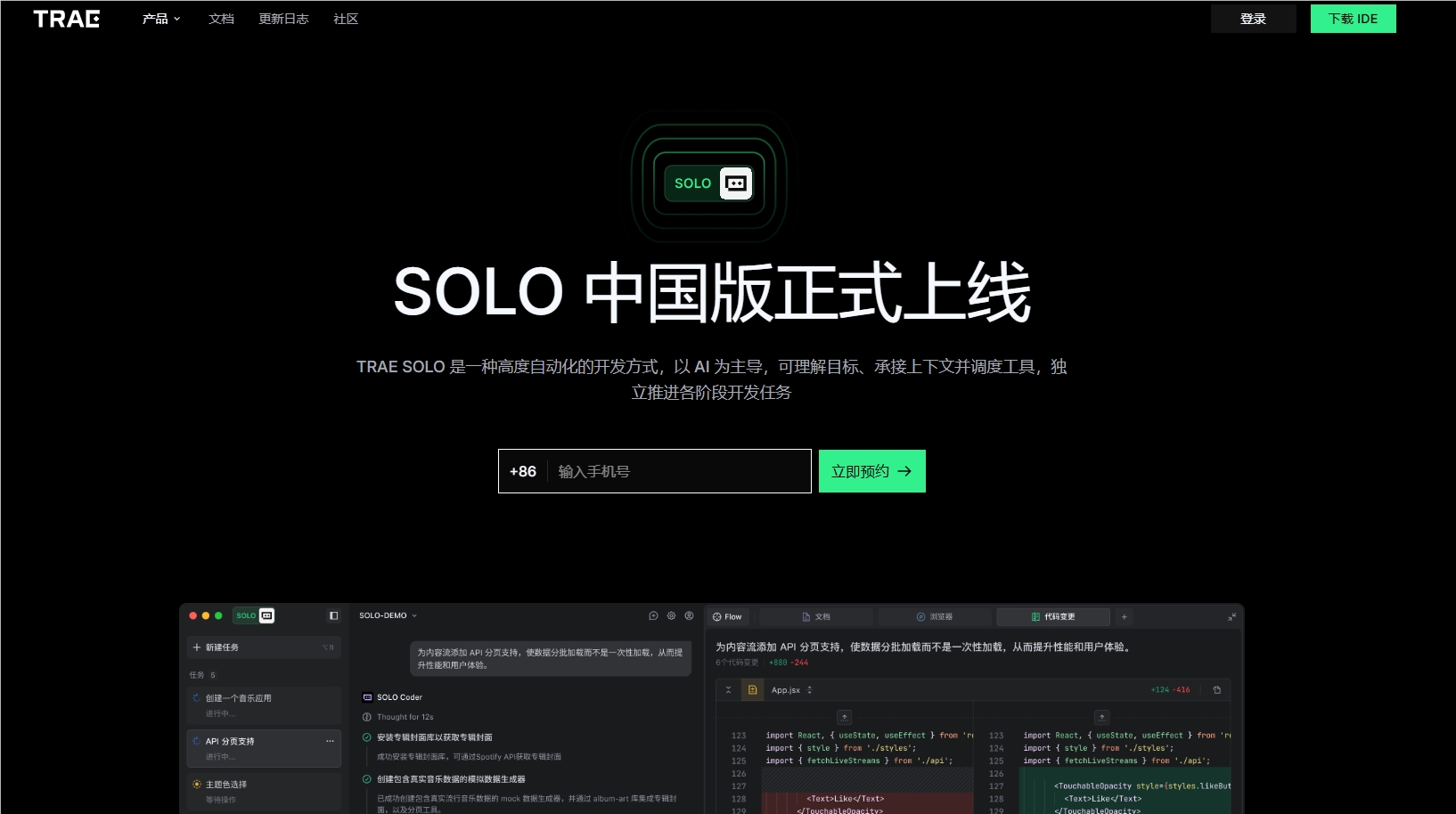While peers are still stacking cards and burning money to compete on specifications, Dahua has embedded a 6B vision model into an edge box with only 16GB of VRAM, and simultaneously delivered a Q3 net profit increase of 44%—1.06 billion yuan. A sharp profit curve directly draws market attention to the "Xinghan Large Model 2.0".
The story starts in 2019. At that time, data in security scenarios was messy and labeling was expensive. Dahua simply brought the Transformer into the production line, allowing algorithms to clean data and draw boxes themselves. After five years, this "1+2" system has grown into three branches: V series focuses on ultra-small targets in city corners, M series makes cross-modal search happen in milliseconds, and L series allows frontline workers to retrieve video from thousands of miles away using natural language. Model pruning, data augmentation, and zero-shot generation are packed into tools, making it easy for government, finance, and power sectors to use them, lowering the barrier to a USB drive level.
The real battle took place in Wengfeng Forest in Guizhou. The scenic area connected more than 20 business systems into Dahua's "one-screen management", and the tour bus scheduling algorithm increased vehicle turnover by 40% during peak seasons, cutting tourist queue times from 35 minutes to 12 minutes. The thermal imaging AI for forest fire prevention provides second-level warnings, saving 18% in annual maintenance costs. The operation logic has been rewritten, and "Cultural Tourism + AI" has achieved measurable ROI for the first time.
The more detailed battlefield is equally fierce: accident identification accuracy in traffic scenarios has reached 90%, five times faster than traditional solutions; 70+ common defects in power can be identified without calibration, reducing deployment cycles by 90%; real-time early warnings for 20 types of anomalies on mine conveyor belts have improved average accuracy by another 10%; food safety inspections have reduced problem discovery time from 48 hours to 15 minutes—this is no longer "pilot projects," but daily mass replication.
The overseas market is also gaining momentum. 180 countries' secondary and tertiary channels have been integrated into the same "end-edge-cloud" architecture, and overseas profit contributions have exceeded 50%. 75% of Middle East high-end projects are included, with full-color night vision cameras upgrading entry-level products overnight; new products in video, access control, thermal imaging, and fire protection are continuously expanding overseas, helping Dahua claim a larger slice of the global AI budget.
Dahua answered the industry's most anxious question with a financial report: How can large models generate profits? The answer lies in every shortened minute, every saved percentage, and every dollar saved. When technology is no longer just a trophy in the lab, but a highlight in customers' PPTs as KPIs, AI has truly escaped the computing swamp and run into the commercial grassland.








